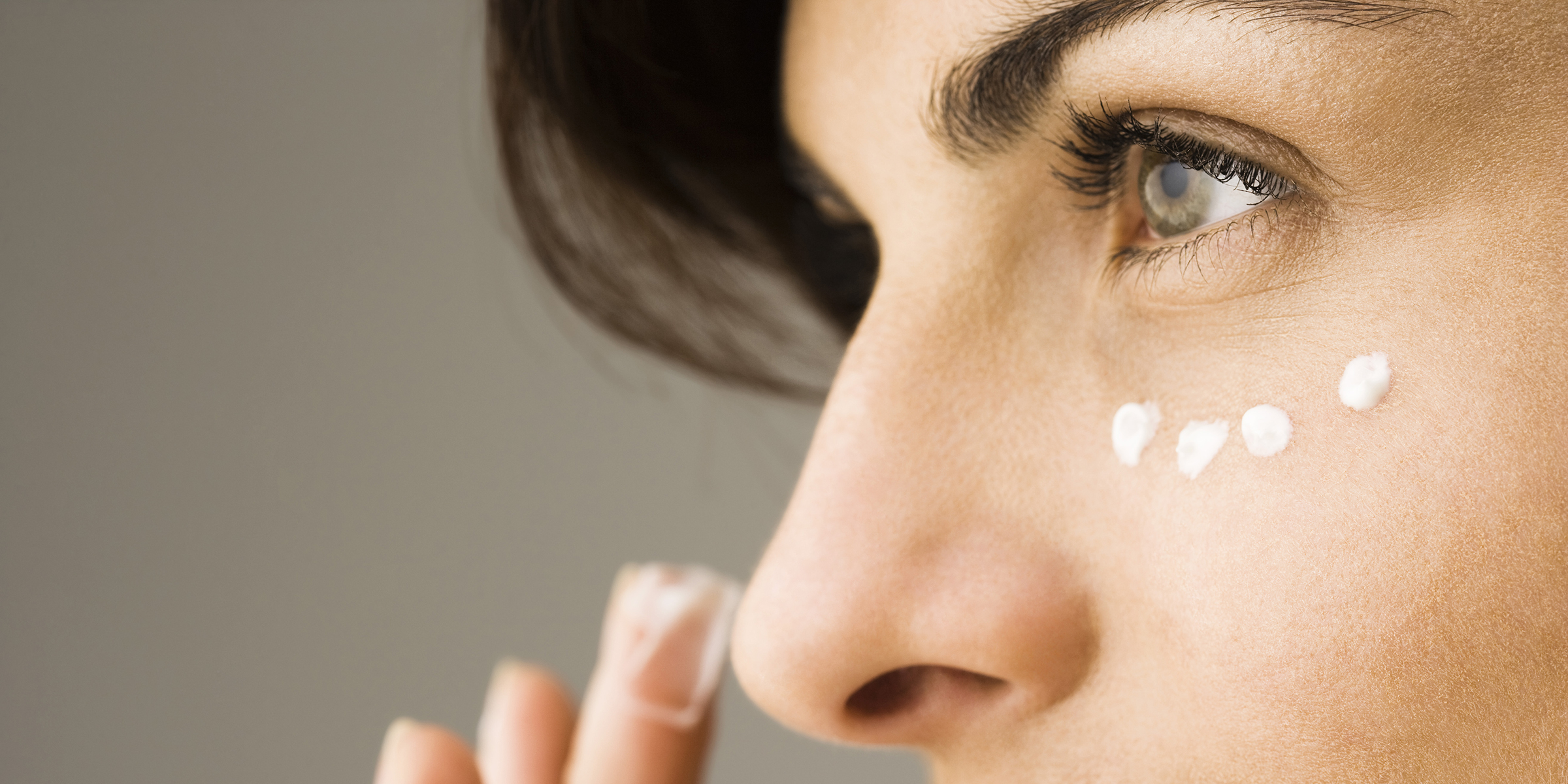
The anti-aging products market comprises of various skincare and haircare products aimed at reducing visible signs of aging like wrinkles, fine lines, age spots and dark circles. These products contain active ingredients like peptides, retinoids, hyaluronic acid, vitamins C and K which help in improving skin texture, reversing sun damage and tightening sagging skin. The demand for anti-aging products is growing globally as consumers are becoming more aware about prevention and treatment of premature skin aging.
The global anti-aging market is estimated to be valued at US$ 21.36 Bn in 2024 and is expected to exhibit a CAGR of 8.7% over 2023 to 2030.
Key players operating in the anti-aging products market are Unilever, Revlon, Beiersdorf, Photomedex Inc., Estee Lauder, Johnson and Johnson, Orlane, L’Oreal, Avon Products, Coty, Lotus Herbals and Rachel K Cosmetics, and Clarins. Consumers today prefer multi-functional age-defying products that offer anti-wrinkle and skin rejuvenation simultaneously. Rising spending on personal care and increasing consumer willingness to pay premium prices for advanced cosmeceutical products is fueling market growth. The awareness created by celebrity brand endorsements and social media influencers is further driving the demand for anti-aging cosmetic regiments particularly among millennials and Gen Z.
Key Takeaways
Key players: Unilever holds leading market share through its popular anti-aging brands such as Dove and Rexona. Estee Lauder has a strong portfolio of premium anti-wrinkle creams including Advanced Night Repair and Revitalizing Supreme+.
Growing demand: With rising disposable incomes, more consumers globally can afford expensive anti-aging skincare and are adopting multi-step anti-aging routines. The demand is highest in countries with aging population and consumer focus on appearances.
Technological advancements: Introduction of skin-boosting ingredients like Matrixyl and Argireline along with delivery systems like microencapsulation and gel-cream hybrid formulas have greatly enhanced the effectiveness of anti-aging products.
Market Trends
Personalization - Customized anti-aging recommendations based on skin concerns, climate and lifestyle is a growing trend. Brands are leveraging artificial intelligence for personalized treatment protocols.
Natural ingredients - Consumers prefer products with natural active ingredients like bakuchiol, green tea and hyaluronic acid over synthetic actives due to wellness trends. This is boosting organic and vegan anti-aging options.
Market Opportunities
Male grooming segment: While the market has been traditionally dominated by women, more men are using anti-aging creams for refreshed appearance creating opportunities.
Emerging markets: Countries in Asia Pacific and Middle East with large youth populations and increased spending power offer high growth potential for innovative anti-aging brands. Online retailing can open access to new customers.
Impact of COVID-19 on Anti Aging Products Market
The COVID-19 pandemic has significantly impacted the growth of the anti-aging products market in both positive and negative ways. On the downside, lockdowns and social distancing norms led to closure of retail stores and spas/salons, leading to a decline in sales in 2020. Additionally, consumers prioritized spending on essential items over cosmetic products. However, increased time spent at home led to a rise in online shopping for skincare and beauty products. People also paid more attention to personal care while confined indoors.
With increased awareness about health and wellness during the pandemic, consumers have become more concerned about aging signs like wrinkles, dark spots and dullness. The demand for multi-functional anti-aging products incorporating ingredients like hyaluronic acid, collagen, retinol and vitamins C and E has surged. Manufacturers are focusing on developing affordable, effective and multipurpose options catering to demand for at-home treatments. Tele-consultations with dermatologists has also fueled sales.
To capitalize on the post-pandemic market recovery, companies will need to emphasize strengthened e-commerce capabilities, affordable premium product lines, transparent ingredients and claims. Continued R&D on anti-aging technologies will further accelerate future growth. Greater retailer-manufacturer partnerships and expanded geographical presence will also aid market expansion.
Geographical concentration of Anti Aging Products Market
North America represents the largest regional market for anti-aging products in terms of value, accounting for over 35% share. This is attributed to high consumer spending power, strong retailer networks and wellness obsession among the population. Rising appearance consciousness among the baby boomer generation continues to drive sales.
Asia Pacific is emerging as the fastest growing regional market, projected to exceed 20% market share by 2030. Rapid urbanization, increasing middle class, burgeoning beauty industry and greater accessibility are fueling demand. heightened self-image consciousness among the youth is a key factor. Additionally, high pollution levels are prompting Asians to invest more on skincare to combat premature aging.
Europe holds the second largest market share led by presence of notable brands, advances cosmetics sector and trendsetting beauty habits. Latin America and the Middle East & Africa are also witnessed healthy gains due to augmented spending on personal grooming products in major countries.
























